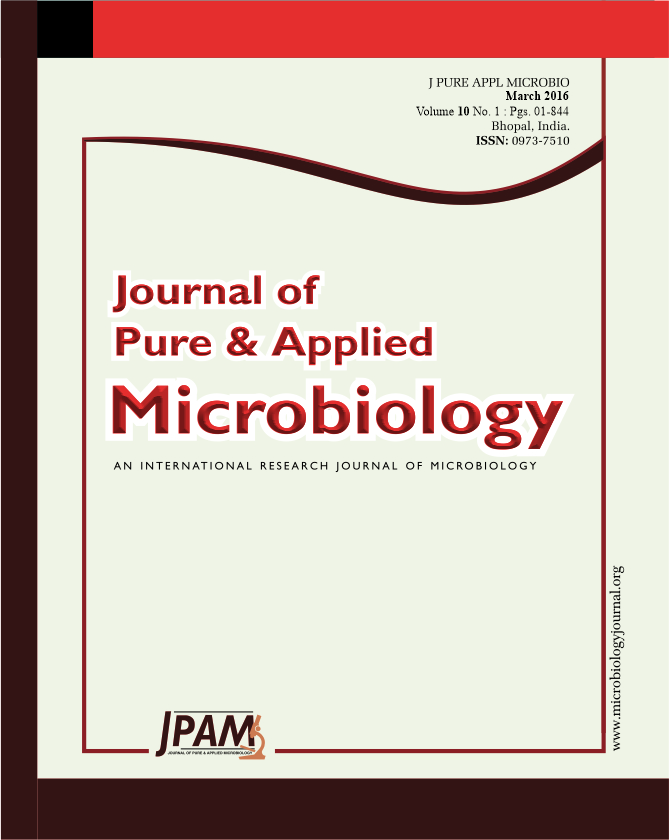The effect of integrated nutrient management (INM) on active pools of soil organic carbon (SOC) under groundnut-wheat cropping sequence of a Haplustepts soil, was studied in a long-term field experiment initiated during kharif1999 at Junagadh, Gujarat. Effect of varying doses of N, NP, NPK with FYM, Zn, S and Rhizobium on active pools of SOC viz., soil microbial biomass carbon, soil microbial biomass nitrogen,soil microbial biomass phosphorus; water soluble carbon; water soluble carbohydrates and dehydrogenase activity after 12th year of groundnut-wheat crop sequence was studied. Application of 50% NPK + FYM @ 10 t ha-1to groundnut and 100% NPK to wheat significantly increased the microbial biomass carbon (SMB-C), soil microbial biomass nitrogen (SMB-N), soil microbial biomass phosphorus (SMB-P) water soluble carbon (WS-OC) water soluble carbohydrates (WS-CHO) and dehydrogenase activity (DHA). Integrated use of FYM with chemical fertilizers or use of FYM alone exerted significant effect on the active pools of soil organic carbon.
Integrated Nutrient Management, Active pools, Soil organic carbon and Soil organic matter.
© The Author(s) 2016. Open Access. This article is distributed under the terms of the Creative Commons Attribution 4.0 International License which permits unrestricted use, sharing, distribution, and reproduction in any medium, provided you give appropriate credit to the original author(s) and the source, provide a link to the Creative Commons license, and indicate if changes were made.


